About a quarter of the kids in the San Antonio Independent School District attend charter schools. Most are the low-income, minority students we think about when we imagine providing innovative opportunities for kids stuck in failing public schools in bad neighborhoods. For a long time, school reform has targeted only kids from poor families. You know, the lucky ones who get those free lunches.
Starting this fall, though, no longer will Texas exclude upper-middle class white kids like mine from the gravy train of school choice. Last November, the State Board of Education approved a charter allowing Great Hearts Academies to open a school in North San Antonio, the wealthier, whiter section of a majority-Hispanic city.
Great Hearts Academies operates out of Arizona, where they survive not just on public funding that would normally go to public schools but also on mandatory fees as well as contributions from students' families, pricing Great Hearts out of reach for most San Antonio families. In other words, upper-middle class Anglos are finally getting a taxpayer-subsidized private school. Our long nightmare of being stuck in high-performing, better-funded public schools is almost over.
If that's not what you have in mind when you think of school choice, you're not alone. Great Hearts tried this in Nashville, but the school board rejected the charter application, arguing reasonably that creating a government-funded private school to serve an affluent, white neighborhood constituted segregation. It's exactly what they're planning in North San Antonio, except our school board approved it.
Private tuition and public subsidies only provide enough money to pay the teachers, buy textbooks and keep the lights on. To build schools, you need to go into massive debt. But don't worry, because our need to borrow millions of dollars creates an investment opportunity for Wall Street investment bankers. Apparently charter schools are "a favorite cause of many of the wealthy founders of New York hedge funds." The word you're probably looking for is "yippee."
Public school bonds are a safe investment, but low risk means lower reward, in this case an average 3 percent return on general-obligation funds used to raise money to build schools. But debt for charter schools runs an average of 3.8 percent higher than general-obligation bonds, and charter schools even qualify for federal tax credits under the Community Renewal Tax Relief Act of 2000.
As every investment prospectus says in small type, investments carry risk. In this case, 3.91 percent of charter-school bonds are in default versus 0.03 percent for public schools. And since 1992, 15 percent of charters have closed, including 52 in Texas.
Despite the risks, charter schools are big business. Pearson, the company that sells tests and curricula to public schools, also sells tests and curriculato charter schools, and JPMorgan Chase of worldwide economic meltdown fame is bullish on charter school construction.
"Many charter schools have expanded access to academic opportunities for students in all types of communities, so we shouldn't let tough economic times bring them down," said JPMorgan Chase Chairman and CEO Jamie Dimon.
This is the same Jamie Dimon who thought mortgage-backed securities were foolproof, who was forced to take $25 billion of our money in the bank bailout, who wrongly foreclosed on military families, who overcharged 4,000 other military families by $2 million, and who then lost $2 billion of our money in what amounted to the kind of gambling that only happens after 4 a.m. in Las Vegas. Let's absolutely have this guy underwrite our schools. What could go wrong that hasn't already many times over?
Subjecting our public school system to the free market requires us to accept that hopped-up Wall Street bankers will mess up, schools will close, and sooner or later, someone will have to choose between increasing shareholder returns and improving some kid's education. Failure is not only an option. When it comes to Wall Street, failure is inevitable.
The specter of resegregating our schools along racial and economic lines under the cloak of school choice presents a more daunting future for a state that is growing poorer, browner, and younger. When it comes to schools, the question isn't whether we're going to have charter schools or public schools. We have both now. When it comes to schools, the real choice is whether we are all in this together or if it's every man for himself.